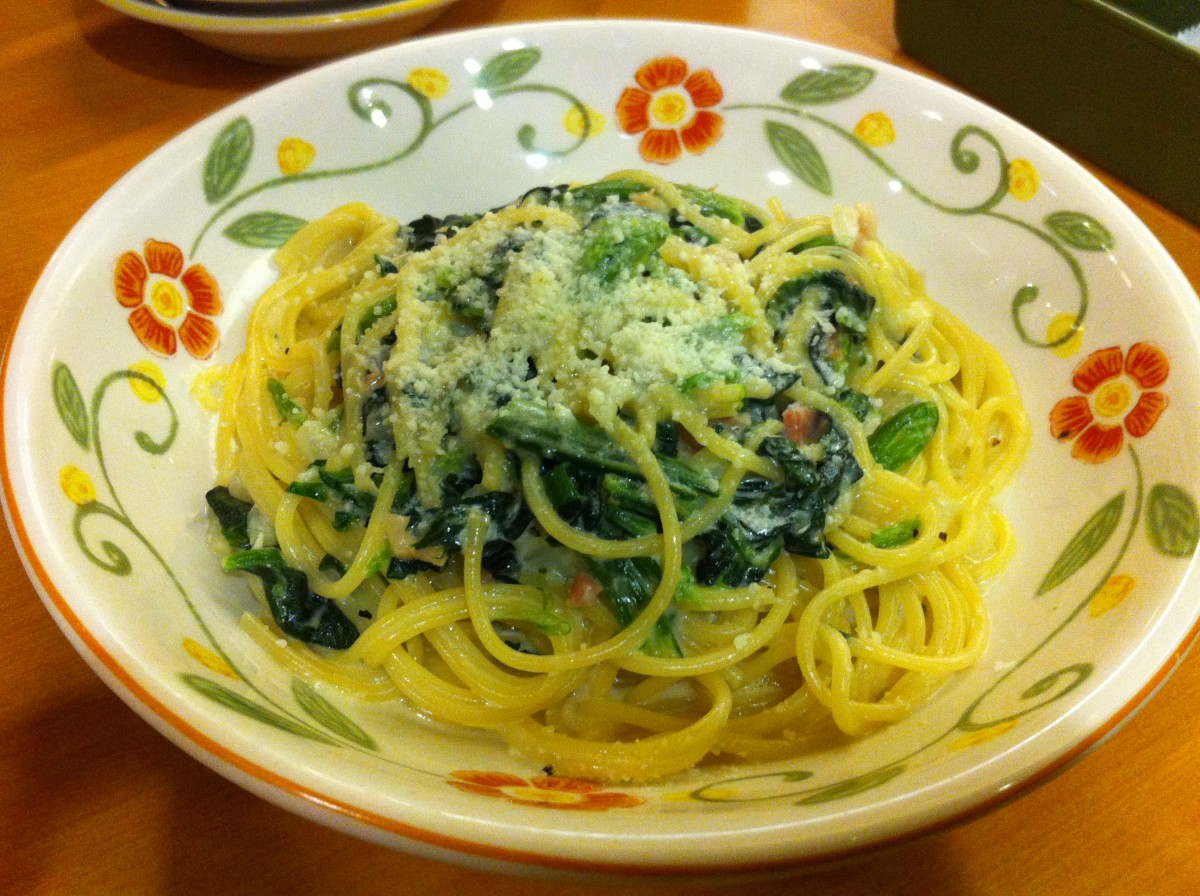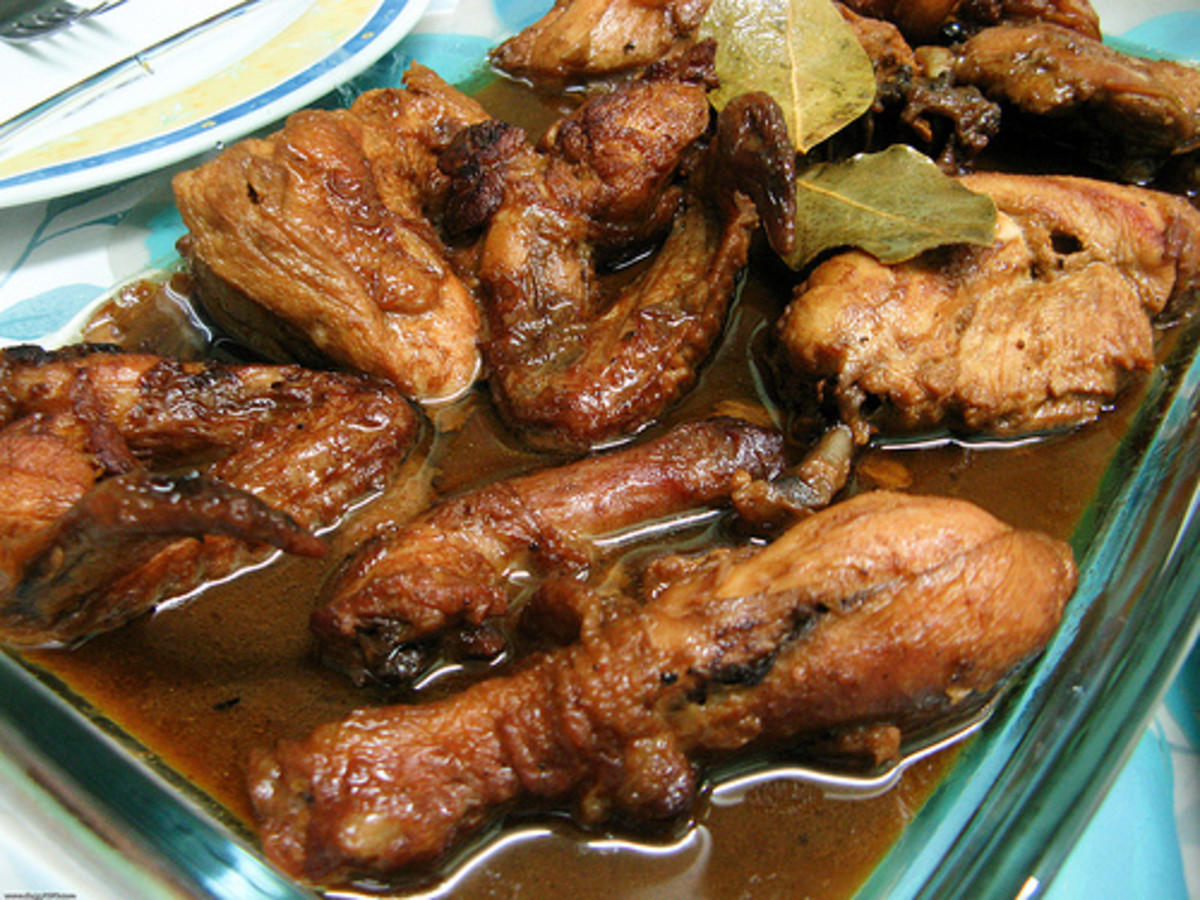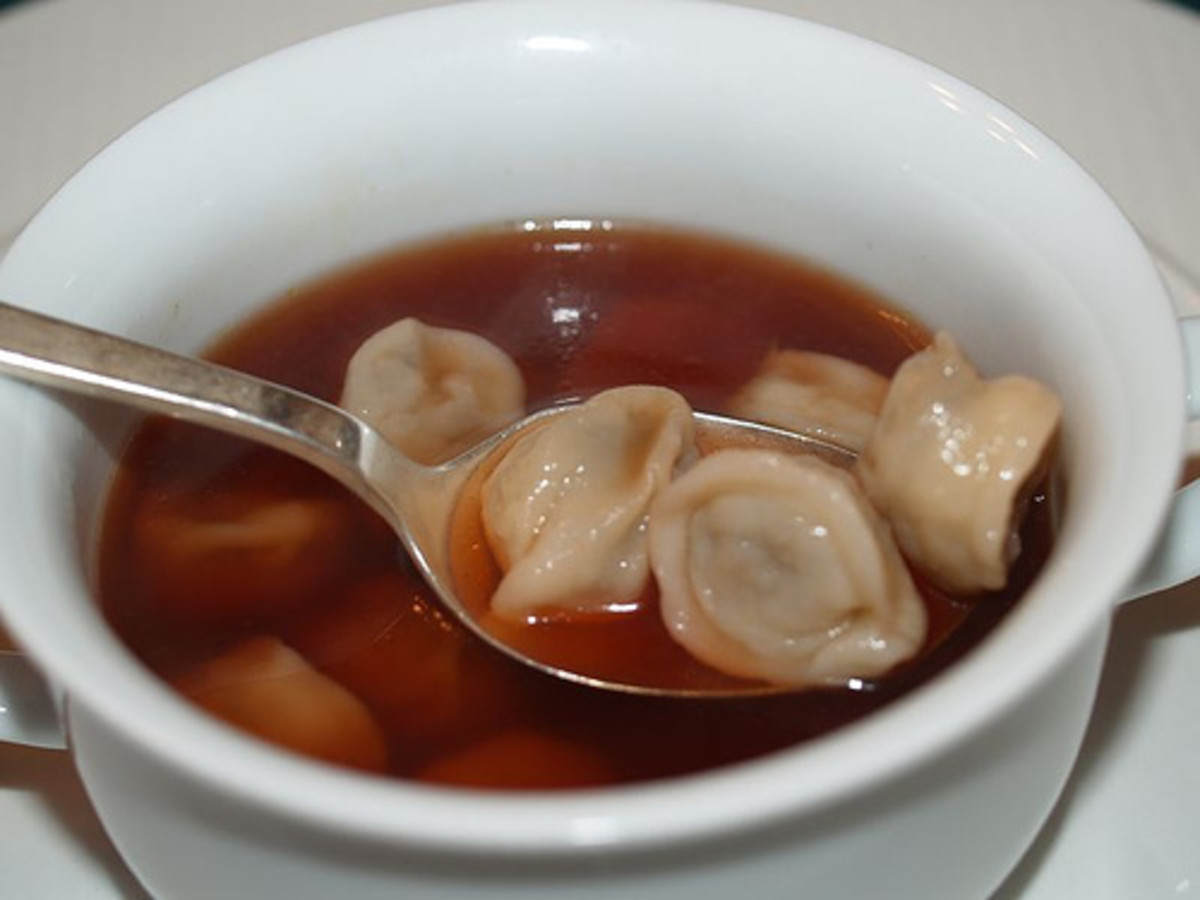Italian Food pantry - the backbone of the best Italian food

Italian pantry staples
Italian pantry ingredients can vary depending on the region and specific dishes you are making, but here are some common Italian pantry staples:
-
Olive oil: Italian cuisine relies heavily on olive oil, whether for cooking, dressing salads, or dipping bread.
-
Pasta: Italy is famous for its pasta, and there are countless varieties available. Some popular types include spaghetti, penne, fusilli, and lasagna.
-
Tomatoes: Tomatoes are a key ingredient in many Italian dishes, from pasta sauces to pizzas and salads.
-
Garlic: Garlic is used extensively in Italian cooking for its distinctive flavor and aroma.
-
Parmesan cheese: Parmesan cheese is a hard, aged cheese that is often grated over pasta dishes or used to flavor soups and risottos.
-
Anchovies: Anchovies are often used to add depth of flavor to sauces and dressings, especially in southern Italian cuisine.
-
Capers: Capers are the small, pickled flower buds of the caper plant and are commonly used in Italian pasta sauces, salads, and antipasti.
-
Balsamic vinegar: Balsamic vinegar is a sweet and tangy vinegar that is often used in salad dressings and marinades.
-
Cannellini beans: Cannellini beans are a type of white bean that are commonly used in Italian soups, stews, and salads.
-
Prosciutto: Prosciutto is a dry-cured ham that is often served thinly sliced as an antipasto or used to flavor sauces and pasta dishes.
These are just a few of the many ingredients that are commonly found in Italian pantries. Experiment with different ingredients to create your own unique Italian dishes!

San Marzano Tomatoes - The Best Tomatoes for Italian Cooking
Many people consider San Marzano tomatoes to be among the best tomatoes for Italian cuisine, particularly for making tomato sauce. These tomatoes are known for their sweet, slightly tangy flavor, meaty texture, and low acidity, which make them ideal for cooking.
San Marzano tomatoes are grown in the volcanic soil near Mount Vesuvius in Italy and are known for their distinctive elongated shape and thick flesh. They are also prized for their high level of natural pectin, which makes them ideal for creating a smooth and thick sauce without adding thickeners.
However, it's worth noting that there are many other types of tomatoes that can be used for Italian cuisine, and personal taste preferences can vary. Some people may prefer other varieties for their own specific reasons, such as Roma tomatoes, which are also popular for making sauces. Ultimately, the best tomatoes for your cooking depend on the specific dish you are making and your own personal taste preferences.

Best minestrone recipe
From the Farmers' Market and Your Italian Pantry
Minestrone is a thick Italian vegetable soup that typically includes a variety of vegetables such as onions, carrots, celery, potatoes, tomatoes, and beans. The vegetables are often diced or chopped and cooked in a broth with vegetable or chicken stock. Minestrone may also include pasta or rice and is typically seasoned with herbs such as basil, oregano, and thyme, as well as salt and pepper.
Minestrone is a versatile and nutritious soup that can be made with various ingredients, depending on what is in season and available. It is often served as a hearty meal on its own or as a starter course to a larger meal. Minestrone is popular in Italian cuisine and is a staple dish in many Italian households. It can also be found in Italian restaurants and other establishments worldwide.
Minestrone Soup
8 servings
2-3 tablespoons olive oil
2 cups chopped yellow onion
1 cup chopped carrot
1 cup chopped celery
1/2 cup zucchini cut into half moons
1/2 cup yellow squash cut into half moons
1 15-ounce can of green beans
4 cloves minced garlic
4 cups vegetable broth
2 (15 ounce) cans red kidney beans, drained
2 (15 ounce) cans small white beans
1 (14 ounce) can diced tomatoes
1 1/2 teaspoons dried oregano
1/2 teaspoon ground black pepper
1/2 teaspoon crushed red pepper
1/2 teaspoon dried basil
1/4 teaspoon dried thyme
3-6 cups of hot water
4 cups fresh baby spinach
1/2 cup small pasta--try orzo, tubetti, ditalini, elbow, shell one, or a mixture
freshly grated Parmesan cheese to serve
1. Heat the olive oil over medium heat.
2. Saute onion, celery, and carrot until the onions are translucent.
3. Add garlic, green beans, zucchini, and yellow squash to the oil and cook until vegetables are slightly wilted.
4. Add broth, spices, and water to the pot.
5. Bring soup to a boil, then simmer until vegetables are cooked.
6. Add spinach leaves, canned beans, and your choice of pasta and cook until pasta is tender but still firm to the bite.
7. Garnish each serving with freshly grated Parmesan cheese.

Anchovies
Love them or hate them you'll want to stock your Italian pantry with at least one tin of high quality anchovies. They give puttanesca sauce depth and add a great flavor to many Italian recipes!
Linguine Puttanesca
2-4 servings
1 pound Italian linguine cooked
1 cup dry white
1/2 cup olive oil
2 oz anchovy fillets
4 cloves garlic, crushed
1/4 cup small diced onion
1 can 35 oz plum tomatoes, drained
2 1/2 oz capers
1/2 cup pitted imported black olives, coarsely chopped
Black pepper
Crushed red pepper flakes
Place the oil, anchovies and onion in a heavy saute pan. Mash to form a paste. Saute until onion starts to brown, add garlic, saute 2-3 minutes. Add white wine and rest of ingredients. Simmer about 30 minutes uncovered. Stirring occasionally. Season with pepper and crushed red pepper flakes.
Secret Ingredient?
Nutmeg is a commonly used spice in many cuisines, including Italian cuisine, and it can be a great secret ingredient to add depth and complexity of flavor to a dish. Nutmeg has a warm, sweet, and slightly nutty flavor and aroma, and can be used in both sweet and savory dishes.
In Italian cuisine, nutmeg is often added to dishes such as creamy sauces, pasta dishes, and meatballs to add a subtle, yet distinct, flavor. It pairs particularly well with dishes that contain cream or cheese, such as Alfredo sauce, lasagna, or risotto. Nutmeg can also be added to sweet dishes, such as cakes, pies, and custards, to add a warm and slightly spicy note.
When using nutmeg as a secret ingredient, it's essential to use it in moderation, as it can easily overpower other flavors if used in excess. A little bit goes a long way, and it's best to grate the nutmeg fresh using my favorite Microplane grater or a spice grinder for maximum flavor. By using nutmeg you can add a unique flavor profile to your dishes and make them stand out from the rest.
This content is accurate and true to the best of the author’s knowledge and is not meant to substitute for formal and individualized advice from a qualified professional.
© 2007 Patricia Biro









